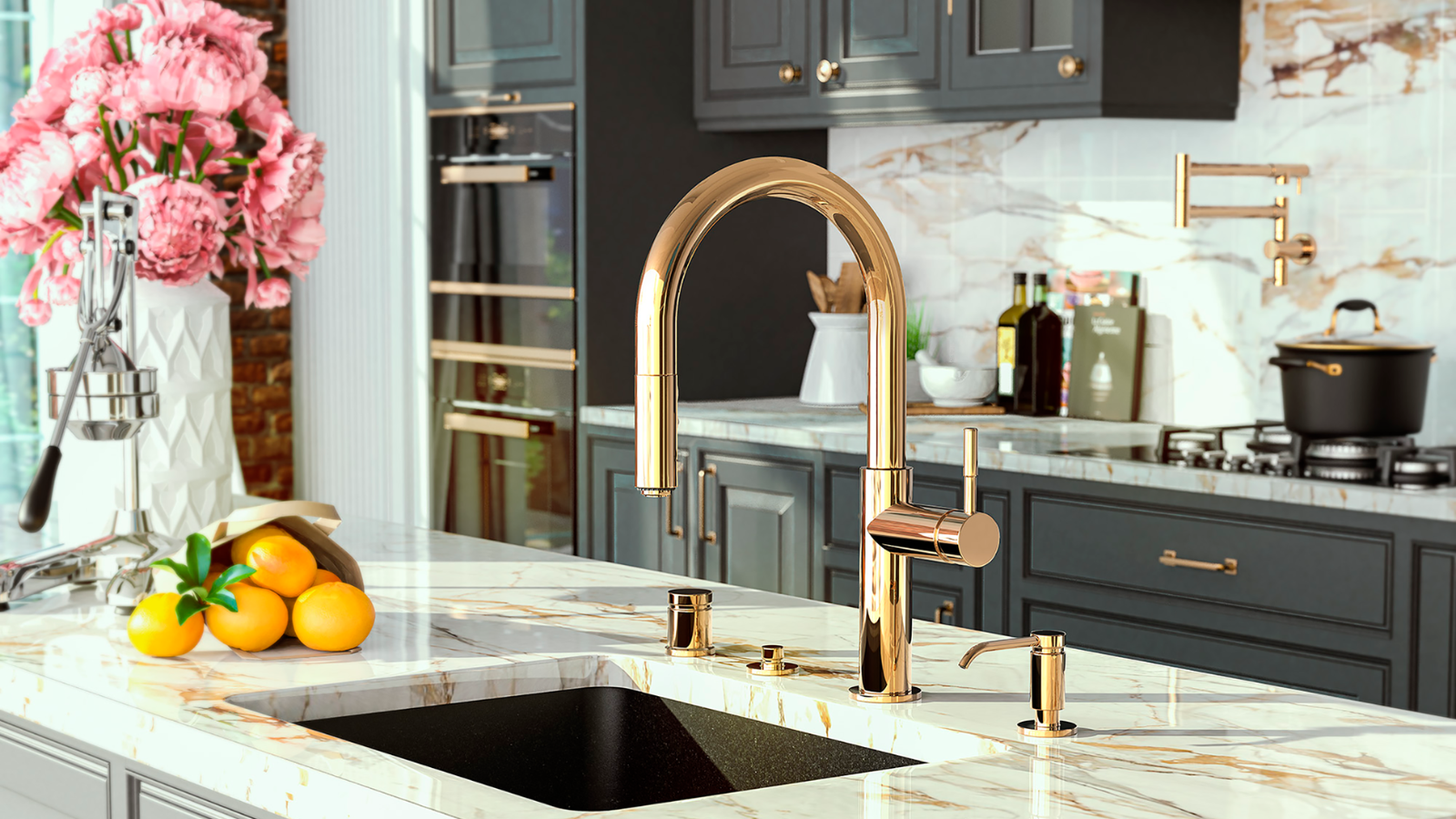
Streamlining Hygiene: Touchless Faucet Innovations
In the quest for enhanced hygiene, touchless faucets have emerged as a beacon of innovation, revolutionizing the way we interact with water sources in public and private spaces. With their seamless blend of technology and functionality, touchless faucet have swiftly become a staple in modern bathrooms and kitchens, offering not just convenience but also a heightened level of cleanliness.
The premise of touchless faucets is elegantly simple yet profoundly impactful: eliminate the need for physical contact to initiate water flow. By employing infrared sensors or motion detectors, these faucets detect the presence of hands or objects underneath and activate the water flow accordingly. This hands-free operation minimizes the transmission of germs and bacteria, reducing the risk of cross-contamination in high-traffic areas like restaurants, airports, hospitals, and households.
One of the key advantages of touchless faucets lies in their ability to promote water conservation. By precisely controlling the flow and shutting off automatically when not in use, they prevent wastage and contribute to eco-friendly practices. This feature is particularly crucial in public settings where water misuse can have significant environmental repercussions.
Moreover, touchless faucets offer unparalleled convenience and accessibility, catering to individuals of all ages and abilities. Elderly people or those with mobility issues find them especially beneficial as they eliminate the need for strenuous twisting or turning of handles. Additionally, in busy kitchens where hands are often occupied or soiled, touchless operation ensures effortless multitasking and maintains a hygienic environment.
The proliferation of touchless faucet technology has sparked a wave of innovation among manufacturers, leading to a diverse range of designs and functionalities. From sleek, minimalist models suitable for modern interiors to rugged, industrial-grade options for commercial use, there’s a touchless faucet to suit every aesthetic preference and functional requirement.
Furthermore, advancements in sensor technology and battery efficiency have enhanced the reliability and longevity of touchless faucets, addressing concerns regarding maintenance and downtime. Many models now feature adjustable sensor settings and battery life indicators, allowing users to customize their experience and stay informed about performance status.
In the wake of the COVID-19 pandemic, the demand for touchless solutions has surged, prompting businesses and homeowners alike to prioritize hygiene-conscious fixtures. Touchless faucets have emerged as an integral component of this hygiene ecosystem, offering a hygienic alternative to traditional faucets that require manual operation.
Looking ahead, the trajectory of touchless faucet innovations appears poised for continued growth and refinement. As technology evolves and consumer expectations evolve, we can expect to see further integration of smart features such as voice control and app connectivity, elevating the user experience to new heights.
In conclusion, touchless faucets represent a paradigm shift in the way we approach hygiene and water conservation. With their seamless operation, water-saving benefits, and hygiene-enhancing capabilities, they epitomize the marriage of innovation and practicality. Whether in commercial spaces or residential dwellings, touchless faucets have earned their place as indispensable fixtures in modern living environments.
Leave a Reply